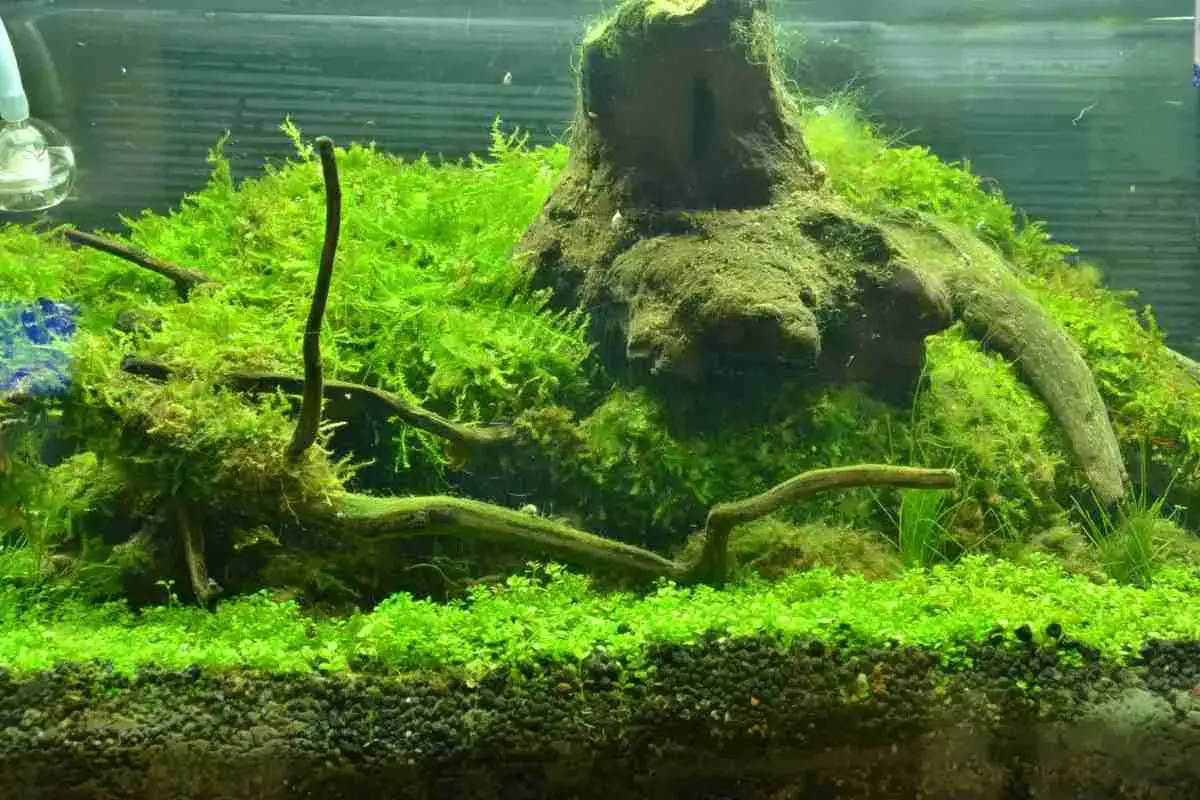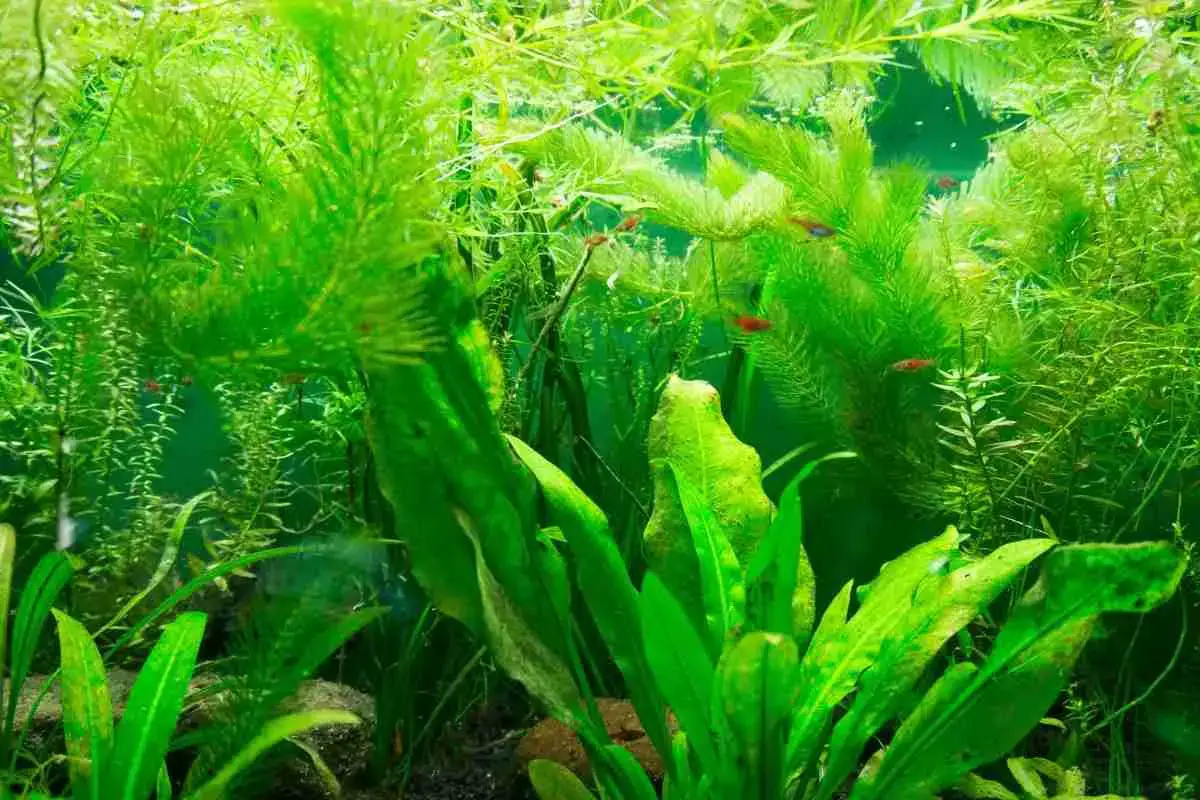
5 Simple Methods To Promote Algae Growth!
Read more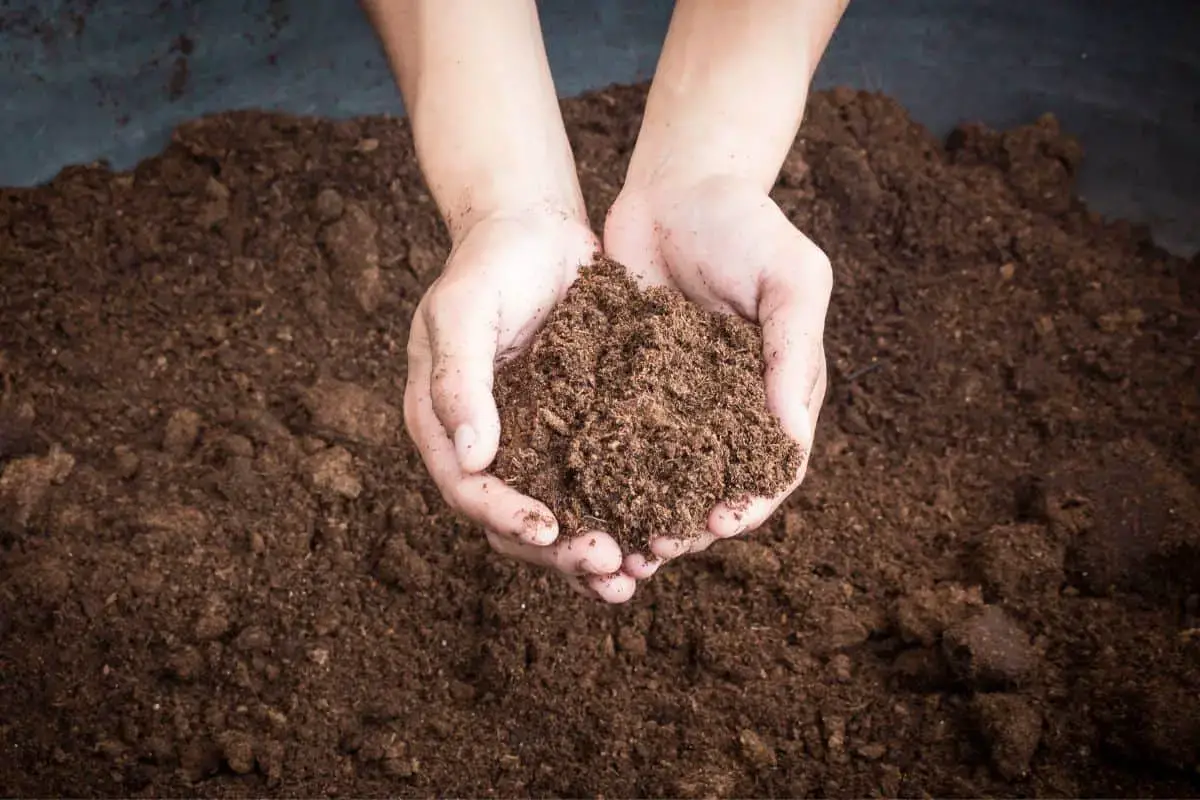
DIY Peat Moss: 5 Simple Steps to Success – Start Today!
Read more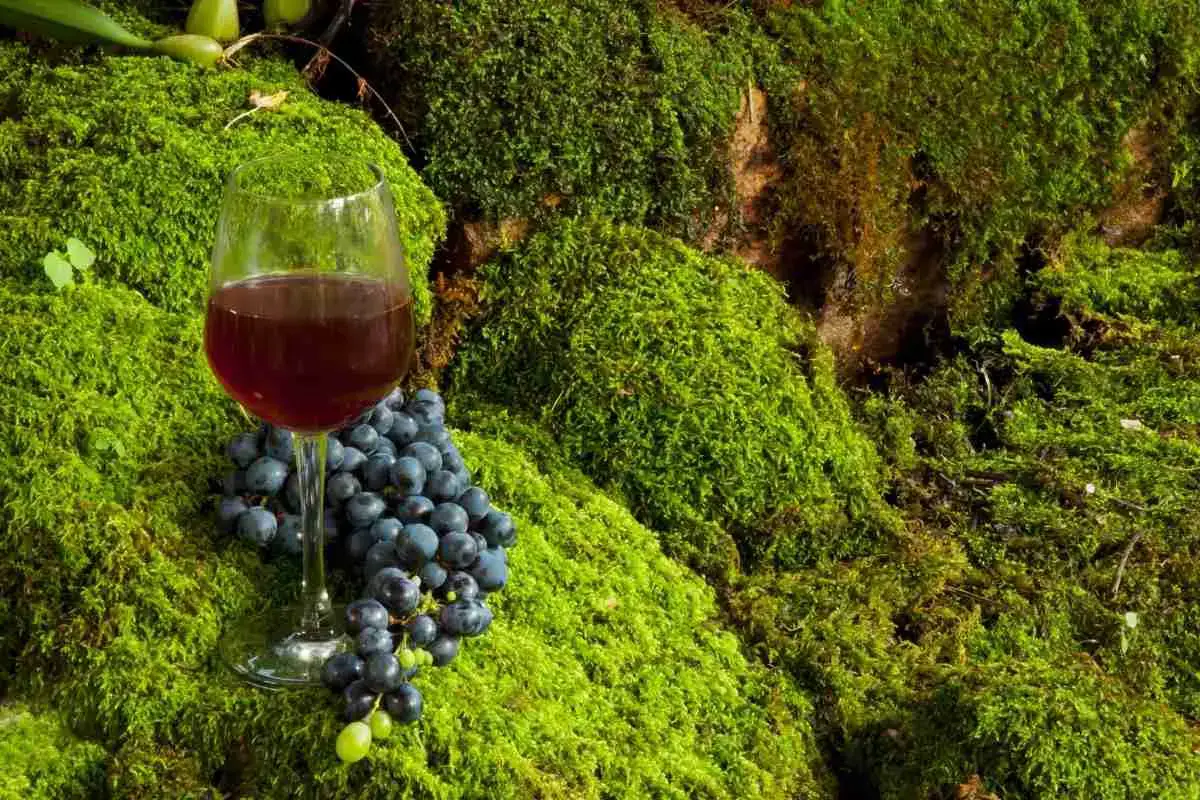
How To Grow Moss On Stone? The Ultimate Guide!
Read more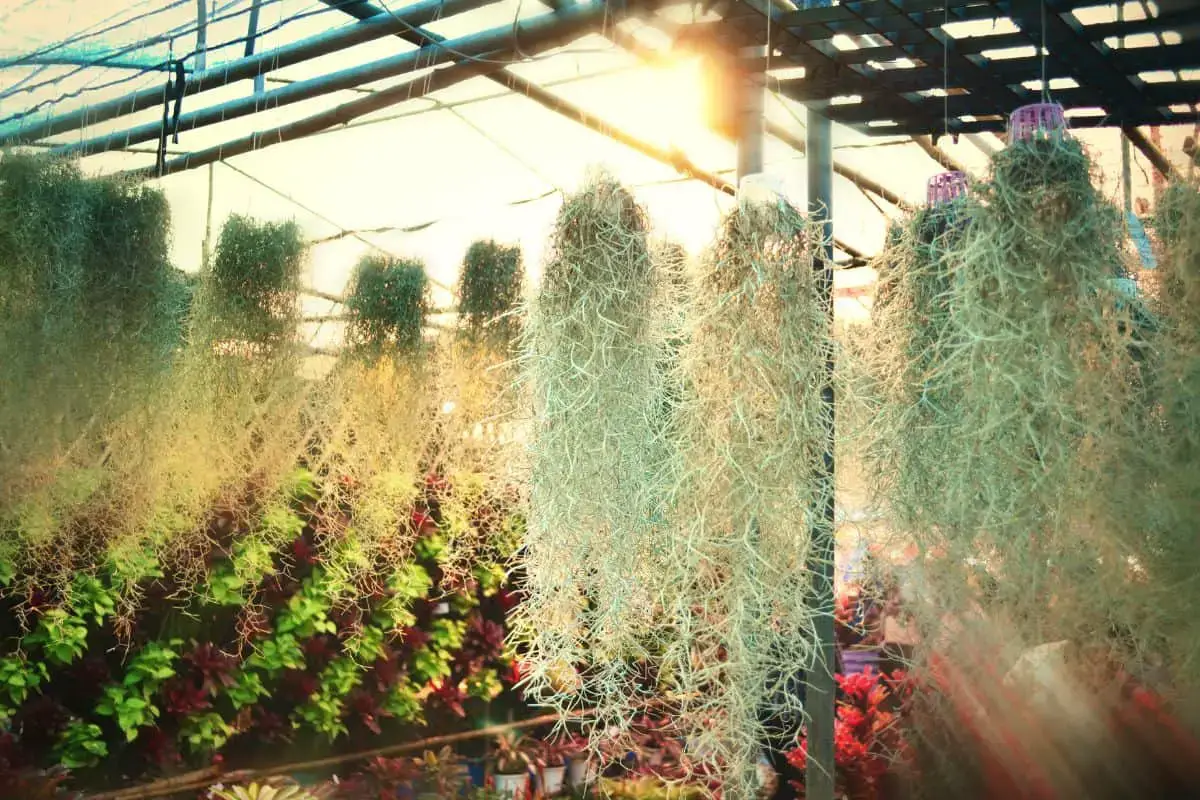
Is Your Spanish Moss Turning Brown? Here’s Why!
Read more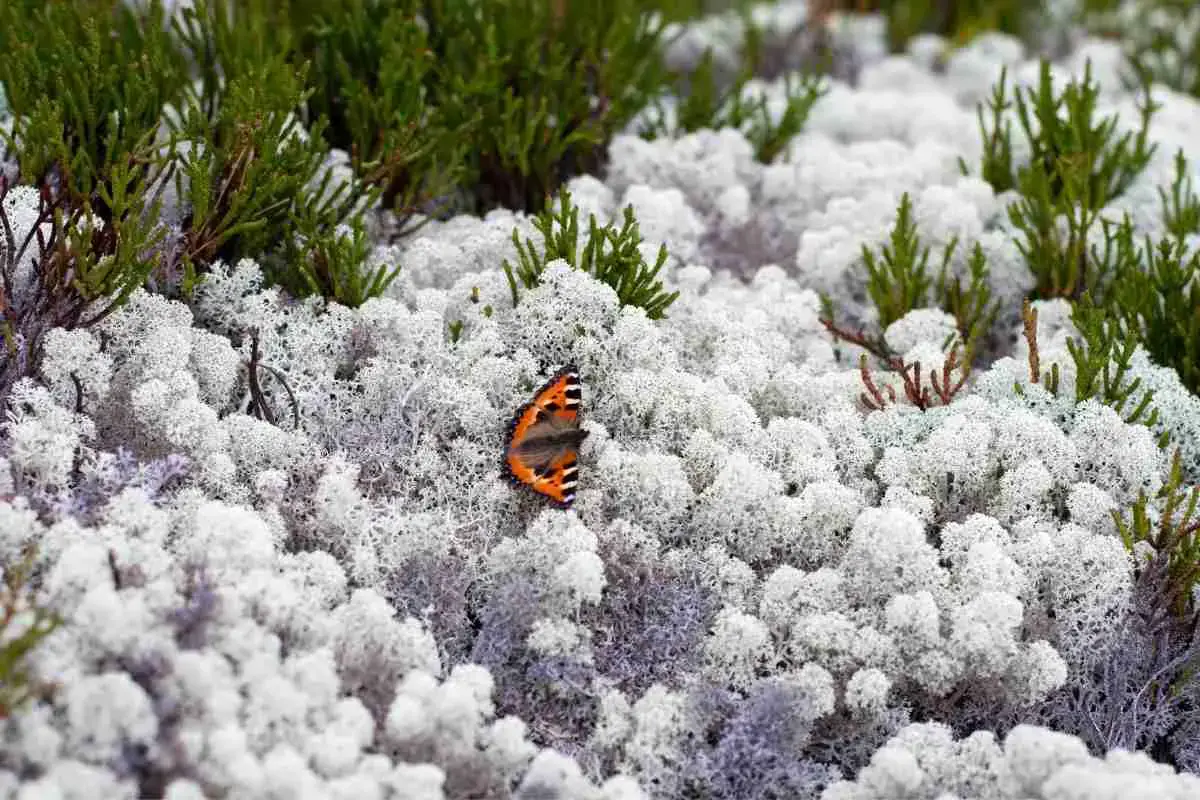
22 Different Types of Lichens (Detailed Guide)
Read more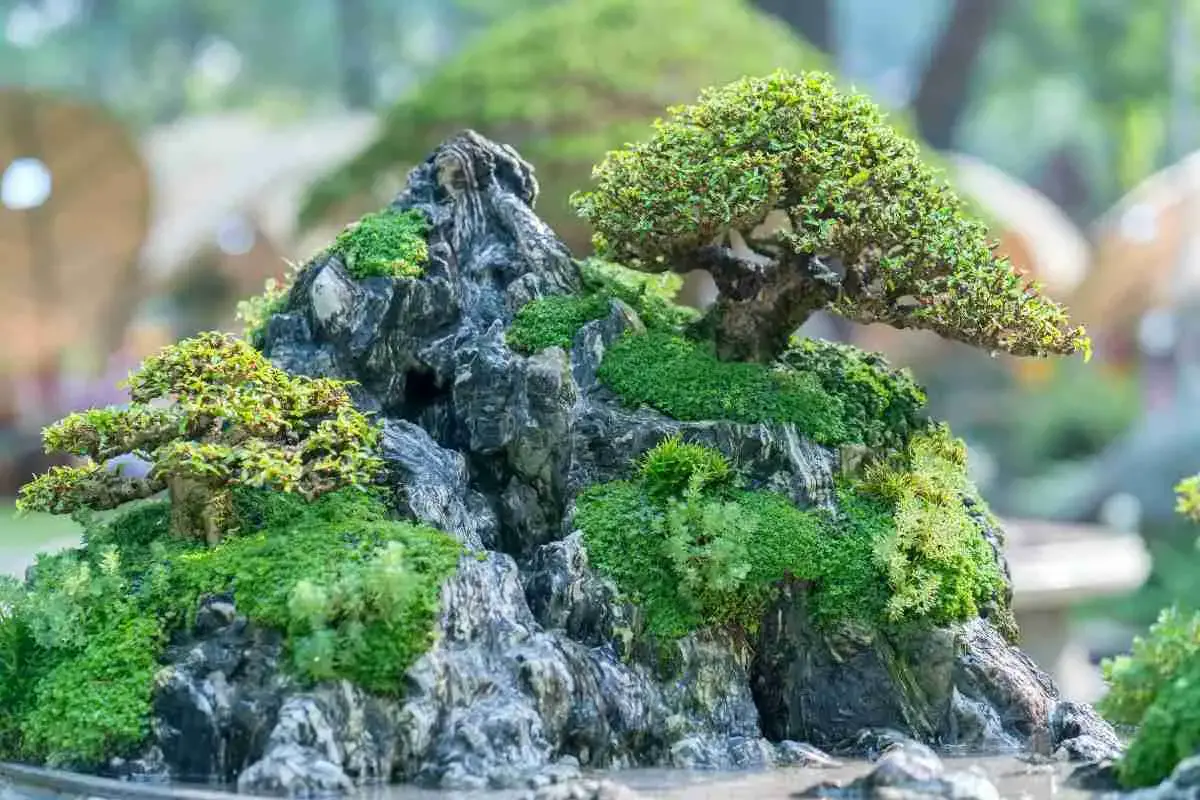
6 Types Of Moss For Bonsai: Bonsai Moss
Read more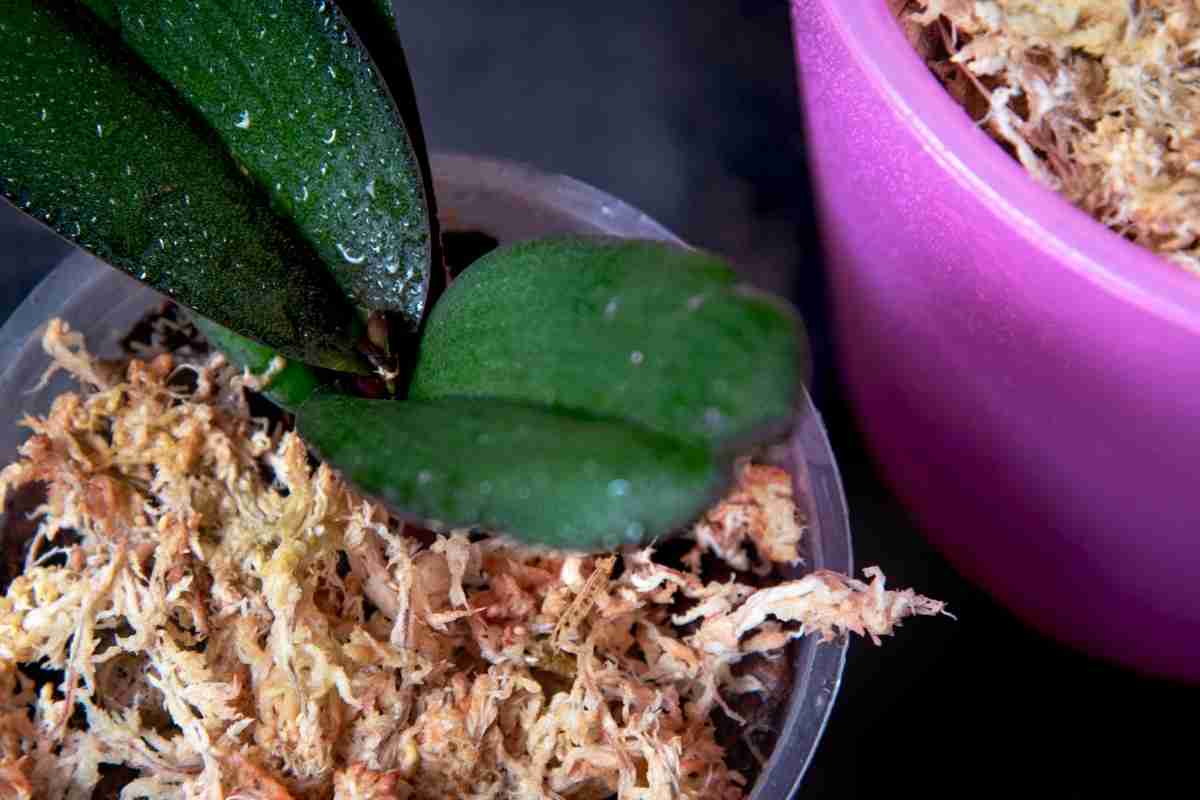
Can Dried Sphagnum Moss Come Back To Life?
Read more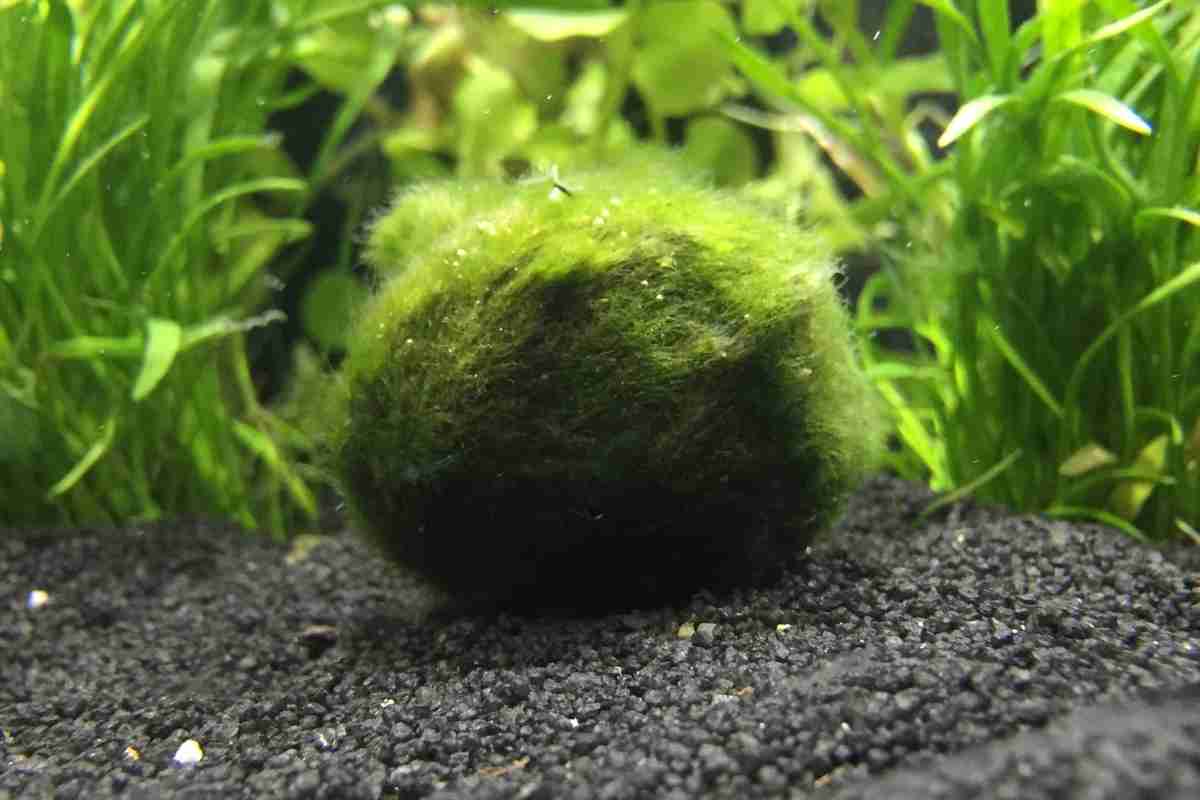
Marimo Moss Balls: Are They Safe?
Read more
Supporting Your Monstera: The Best Moss Poles for Your Climbing Plants
Read more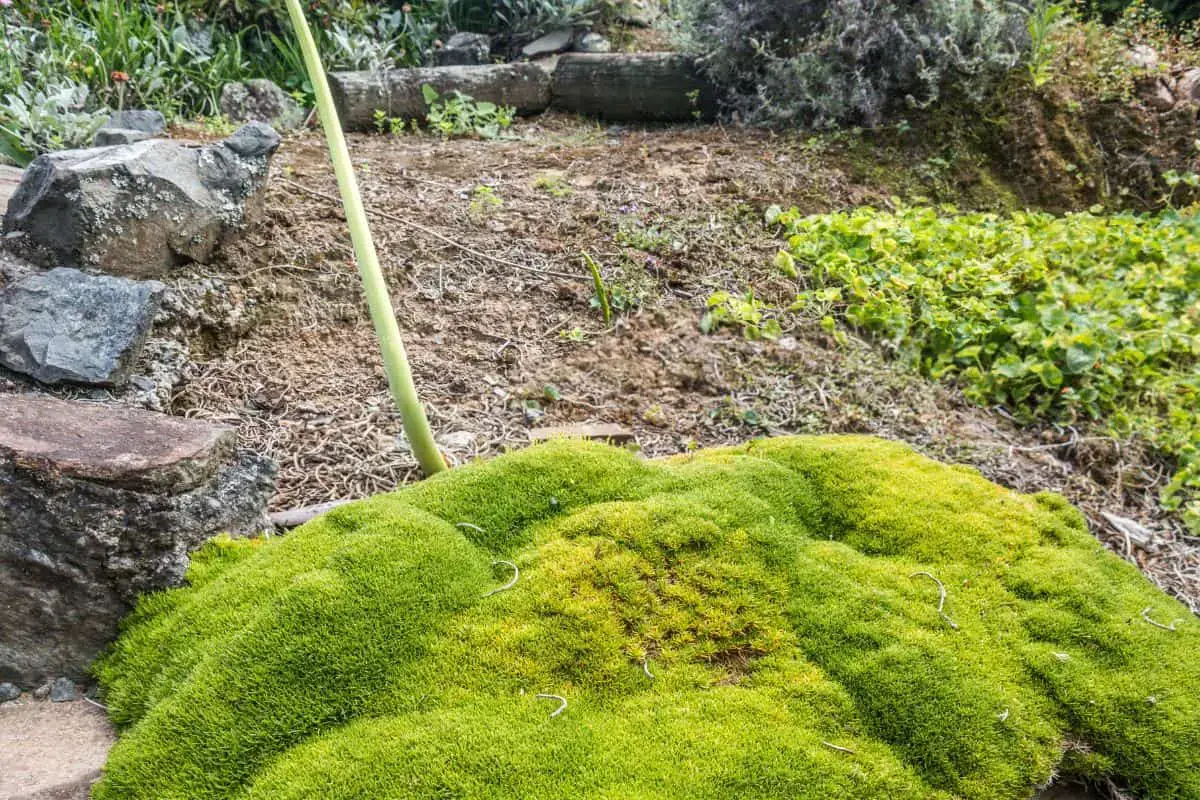
5 Steps To Make A Stunning Irish Moss Lawn
Read more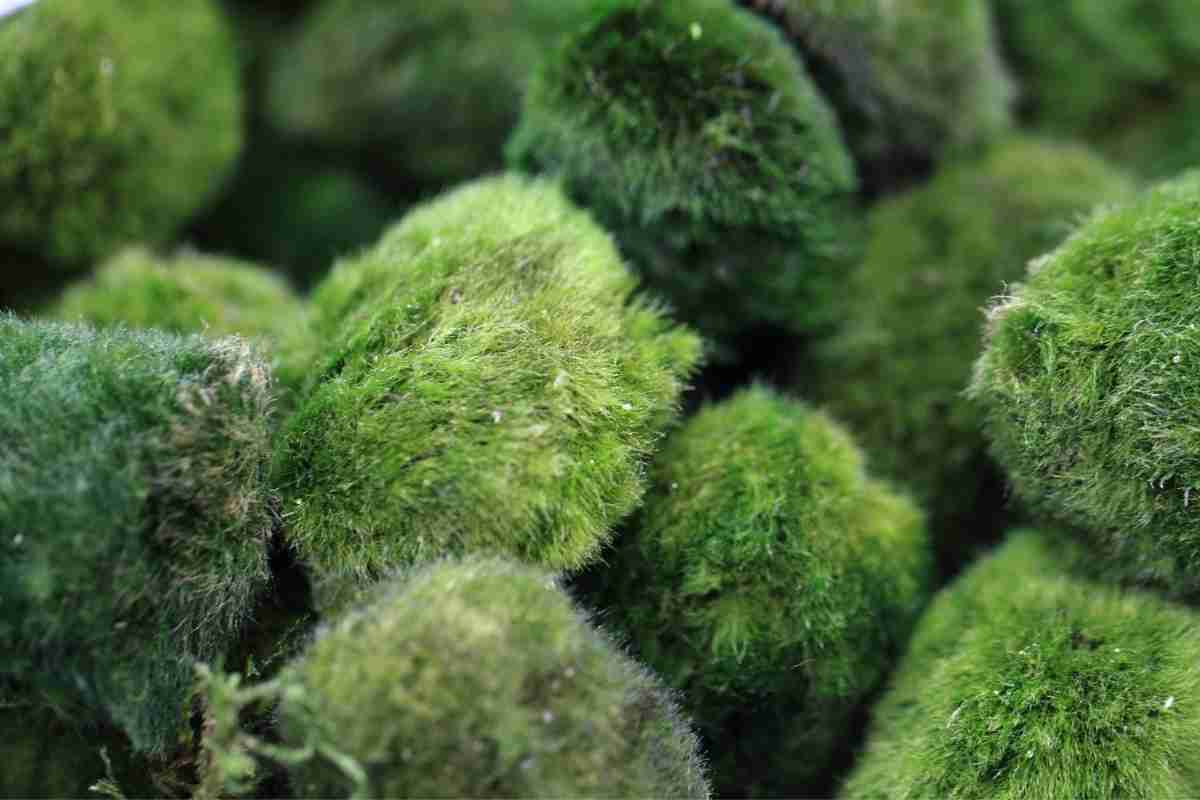
What Are Moss Ball Pets? Detailed Guide!
Read more